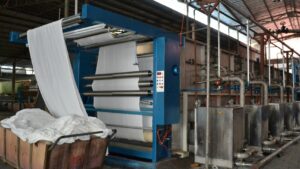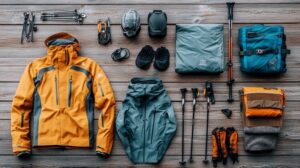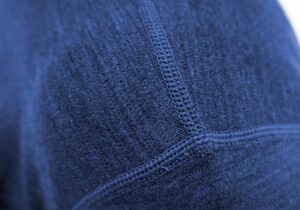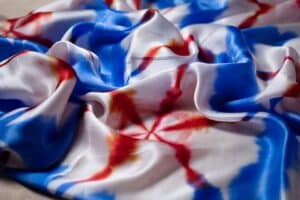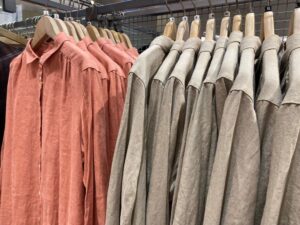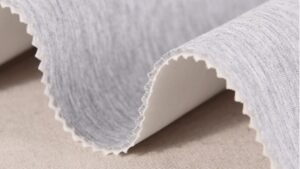The three-layer system is the foundation of functional outdoor clothing. It addresses the problem of staying warm, dry, and comfortable in varying weather conditions by combining specific layers that work together to regulate temperature, wick moisture, and protect against the elements.
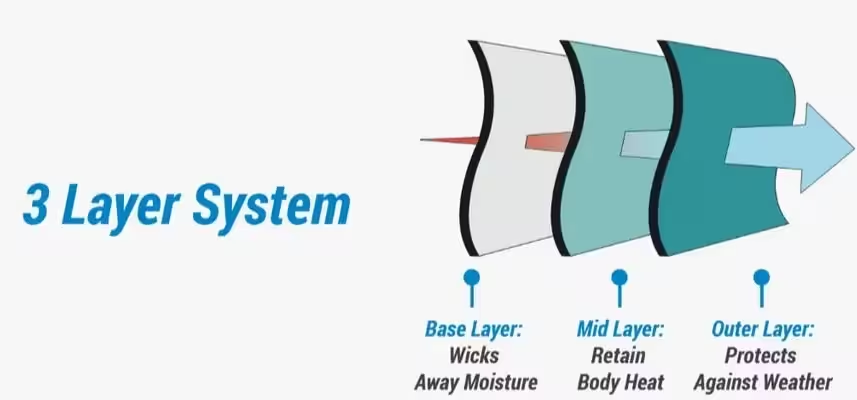
The three-layer system in outdoor clothing consists of a base layer, a middle layer, and an outer layer. Each layer has a specific purpose: moisture management, insulation, and weather protection.
In this article, we’ll explore the purpose and naming of these layers and how to use them effectively, especially during winter.
What are names of the 3 layers in a good outdoor clothing system?
The three-layer system uses a strategic combination of fabrics to create a balance between comfort and functionality. Each layer plays a distinct role in managing the body's needs.
The three layers in a good outdoor clothing system are the base layer (moisture-wicking), the middle layer (insulation), and the outer layer (weatherproof protection).
The purpose of each layer
- Base Layer: Wicks moisture away from the skin to keep you dry.
- Middle Layer: Provides insulation by trapping body heat.
- Outer Layer: Protects against wind, rain, and snow.
Benefits of the three-layer system
| Layer | Function | Material Examples |
|---|---|---|
| Base Layer | Wicks Sweat, Keeps Skin Dry | Merino Wool1, Synthetic fabrics2 |
| Middle Layer | Insulates, Retains Warmth | Fleece, Down, Synthetic Fill 3 |
| Outer Layer | Shields From Elements | Waterproof Breathable Fabrics |
This system is adaptable, allowing users to add or remove layers based on activity level and weather conditions.
What are the 3 layers of clothing you should wear when outside in the winter?
Winter outdoor activities require careful layering to maintain warmth while avoiding overheating or excessive sweat. The three-layer system is particularly effective in cold conditions.
When outside in the winter, wear a moisture-wicking base layer, an insulating middle layer, and a weatherproof outer layer to stay warm and dry.
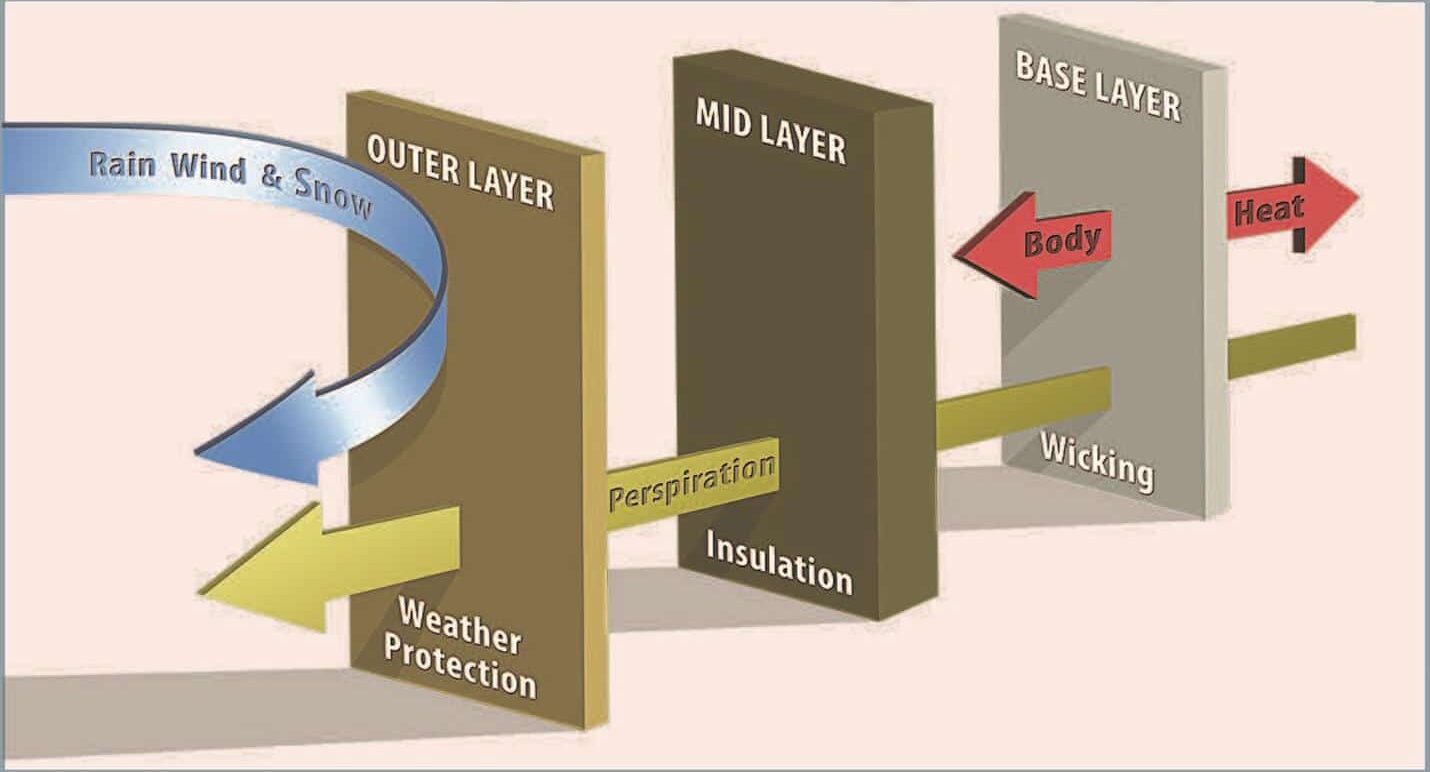
Examples of winter-specific layers
- Base Layer: Thermal underwear made of merino wool or moisture-wicking polyester.
- Middle Layer: A thick fleece jacket or insulated down sweater for warmth.
- Outer Layer: A waterproof, windproof jacket with a hood for protection against snow and wind.
Tips for winter layering
- Avoid cotton: It retains moisture and loses insulating properties when wet.
- Use adjustable layers: Ventilation zippers on jackets and removable layers help regulate body temperature.
- Cover extremities: Pair your three-layer system with gloves, hats, and insulated footwear4.
By combining these layers, you can confidently face extreme winter conditions while staying comfortable.
What are layers of clothing called?
The layers of clothing in the three-layer system have specific names that describe their functions. These terms are essential for understanding how to assemble and adjust your outdoor clothing.
Overview of layer names and their functions
| Layer Name | Alternate Names | Primary Function |
|---|---|---|
| Base Layer | Next-to-skin, Thermal Layer | Moisture Wicking |
| Middle Layer | Insulation Layer | Heat Retention |
| Outer Layer | Shell, Protective Layer | Weather Protection |
Conclusion
The three-layer system in outdoor clothing is essential for comfort and protection in outdoor activities. By combining a moisture-wicking base layer, an insulating middle layer, and a weatherproof outer layer, you can adapt to changing weather conditions and stay prepared for any adventure.
-
Merino wool is a soft, fine wool from Merino sheep, known for its warmth, breathability, and moisture-wicking properties, making it ideal for outdoor and everyday clothing. ↩
-
Synthetic fabrics are man-made materials like polyester, nylon, and spandex, engineered for performance and durability, making them ideal for outdoor clothing. ↩
-
Synthetic fill is made from engineered fibers that mimic down insulation, providing reliable warmth even in wet environments. It’s a practical solution for active and budget-conscious outdoor enthusiasts. ↩
-
Explore options for insulated footwear to keep your feet warm and dry during extreme winter conditions. ↩





